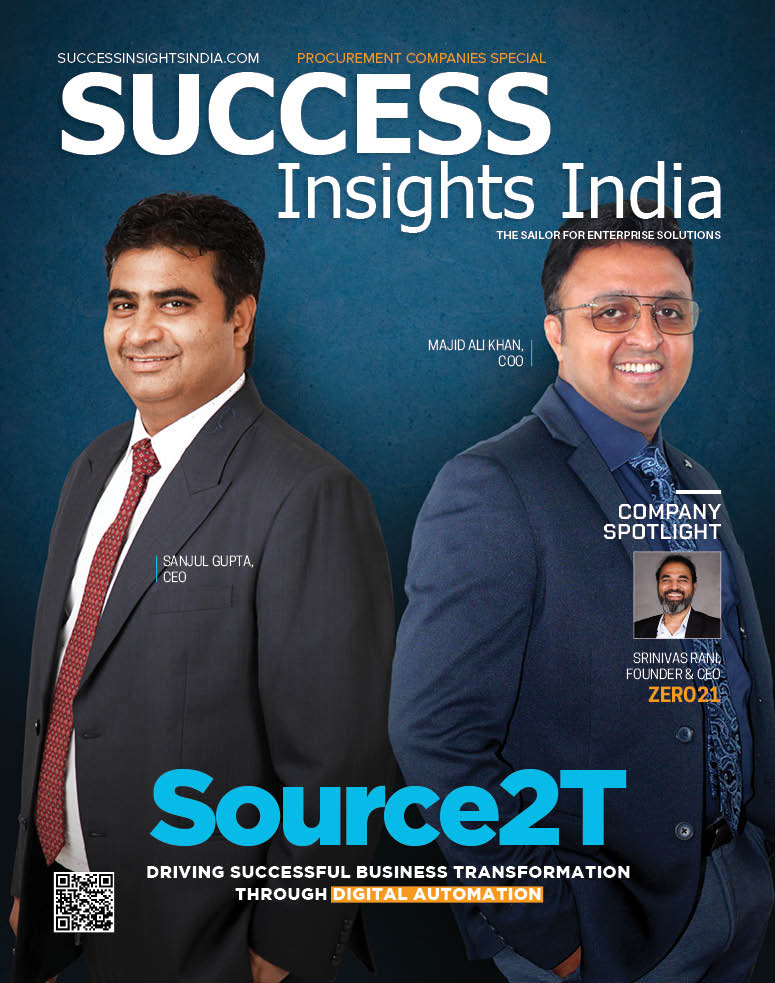Ever since the Covid-19 breakout, we have been hearing two words – Cost Reduction and Savings (in other words, Cost Optimization). The buzzwords, even though seem to be easily interchangeable, have significantly different meanings. And thus the emphasis to not confuse Cost Optimization (Savings) with Cost Reduction.

Cost Reduction requires businesses to cut costs via rationalizing manpower, halting investments in technology and trimming down to the lowest levels, which otherwise would have been absolutely necessary to run the business. Cost Optimization or Savings on the other hand, is driven from an increase in efficiencies, better customer experience, working lean, reducing unwanted (luxury) expenditure via investments in technologies, to automate or digitize the processes.
Cost reductions also help you survive at the cost of growth, whereas cost optimization helps you prepare for growth for the longer run. Cost reductions can adversely impact the business as it might create negative sentiments within the organization, whereas Cost Optimization instead has a significant positive impact for the organization.
A constant challenge for modern CFOs is finding the right balance between spending (cost) and investing (growth), without hampering productivity and competitiveness. Cost-optimization strategies must include technology and business initiatives to make sure that the investments in business are maximized for long-term growth and profits. In this effort, modern technologies like automation or digitization of the processes and functions become critical. Ways to optimize costs with the help of technology include automating processes such as using robotics or process adoption of cloud platforms, where businesses benefit from efficiency and scalability.
Over the last decade a Chief Financial Officer’s job has become increasingly complex with rapid adoption of different digital technologies, across the organization. Add to this, the multitude of uncertainties on a macro-economic level worldwide, such as the ongoing pandemic or Ukraine-Russia tensions, it becomes clear that today’s CFOs face more challenges than ever before. Today, CFOs and the finance teams are reinventing their roles by embracing the latest digital technology innovations and data insights. The gamut of data analyzed with the help of technology is revolutionizing and enabling the transition of the CFO from custodian of past transactions to enabler of future growth opportunities. With the automation of accounts payable process, we can shift our focus from if the payment is done to where the money was spent, what the ROI was, how it is going to help the business. A simple automation tool can not only help build focus on what has happened and why, but it can help predict what can happen next and how it can be influenced.
Process level automation is a sought- after solution to improve productivity and optimize costs, as it takes away the scope of human error and ensures greater compliance. Anything that requires a high degree of accuracy while being deeply repetitive, is a goldmine for digitization or automation. In fact, automation can reduce a significant time, probably by 30-40%, for work pertaining to transactions-based accounting.
Gathering data without the purpose of converting it into meaningful information to assist in decision making – will simply be mere numbers. Data needs to be captured, processed and analyzed in real-time. Any reports by FP&A department that reaches management by the 15th of the following month will serve little purpose and this is often the case when FP&A function and controllership functions are not automated. Business Analytical Tools can be linked with the accounting ERP systems and can generate the desired reports at the click of the button. FP&A teams can draw meaningful conclusions using these automated MIS reports and help businesses in timely decision-making. Therefore, instead of relying on conventional excel based files and human limitations, financial leaders must professionally engage to use technologies and develop customized models for their business and needs.
There are several technologies, from - automating AR function to AP function, from Cash Management to Business Analytics and from robotics to cloud computing - that are helping modern CFOs optimize costs for the longer run and eventually create enterprise value. Leading finance departments are the guardians of enterprise value creation, demonstrating stewardship of their own spend, lowering absolute costs and shifting focus on more value-added activities. Afterall every dollar saved is equivalent to every dollar earned. With modern-age, digital solutions, finance leaders are seeing themselves as revenue contributors and value creators for the company.
Also Read - Architecture and Visual Merchandising: Enhancing Retail Experiences















